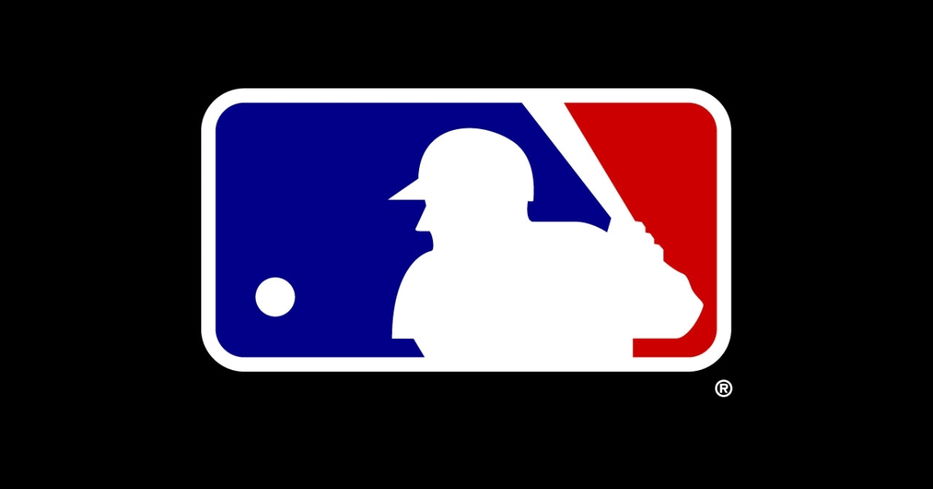
MLB announces rule changes for 2023 season including pitch timer and shifts |
Major League Baseball (MLB) today announced three rule changes that have been approved by a majority vote of the new joint Competition Committee for play during the 2023 Championship Season, including Spring Training and the Postseason. The new joint committee was created as a part of the Collective Bargaining Agreement negotiated between MLB and the Major League Baseball Players Association (MLBPA) earlier this year.
Today’s vote followed the Committee’s discussions in several meetings throughout the summer. The changes adopted by the Committee, which were tested extensively at the Minor League level over the past several years, include adjustments based on feedback from Major League Player and Umpire representatives:
A Pitch Timer will improve pace of play and reduce dead time. The Pitch Timer Regulations include the following provisions: A pitcher must begin his motion before the expiration of the timer. Pitchers will have up to 15 seconds between pitches when the bases are empty and up to 20 seconds between pitches with at least one runner on base. Testing in the Minor Leagues involved 14 seconds with the bases empty and 18 seconds (19 seconds in Triple-A) with at least one runner on base. A pitcher may disengage the rubber (timer resets) twice per plate appearance without penalty. Subsequent disengagements result in a balk, unless an out is recorded on a runner. The disengagement count resets if the runner advances; testing in the Minors had no reset until the following plate appearance. A hitter must be in the batter’s box and alert to the pitcher with at least eight seconds remaining. Testing in the Minor Leagues included nine seconds remaining. A hitter receives one timeout per plate appearance. Umpires will have authority to provide additional time if warranted by special circumstances (e.g., the catcher makes the last out of the inning and needs additional time to get into defensive position). KEY STATS: Compared to last season, the Pitch Timer has reduced the average nine-inning game time by 26 minutes (from 3:04 in 2021 to 2:38 in 2022) while increasing action on the field. Stolen base attempts per game have increased from 2.23 in 2019, at a 68% success rate, to 2.83 in 2022, at a 77% success rate. In its most recent week of play, Minor League Baseball has averaged just 0.45 Pitch Timer violations per game.
A set of restrictions will return the game to a more traditional aesthetic by governing defensive shifts, with the goals of encouraging more balls in play, giving players more opportunities to showcase their athleticism, and offsetting the growing trend of alignments that feature four outfielders: Lateral Positioning: Two infielders must be positioned on each side of second base when the pitch is released. Depth: All four infielders must have both feet within the outer boundary of the infield when the pitcher is on the rubber. No Switching Sides: Infielders may not switch sides unless there is a substitution. KEY STAT: Defensive alignments that feature four players in the outfield increased nearly 6x across MLB since the start of the 2018 season. Bigger Bases: With the goal of improving player safety, the size of first, second, and third base will increase from the standard 15” square to 18” square. Bigger bases are expected to have a positive impact on player health and keeping Major Leaguers on the field. KEY STAT: Base-related injuries decreased by 13.5% in the Minor Leagues this season, including declines at every level of the Minors. Bigger bases will reduce the distance between first and second and between second and third base by 4.5”, thereby encouraging offensive Clubs to attempt to steal bases more frequently and generally to be more aggressive on the basepaths. Commissioner of Baseball Robert D. Manfred, Jr. said: “These steps are designed to improve pace of play, increase action, and reduce injuries, all of which are goals that have overwhelming support among our fans. Throughout the extensive testing of recent years, Minor League personnel and a wide range of fans – from the most loyal to casual observers – have recognized the collective impact of these changes in making the game even better and more enjoyable. We appreciate the participation of the representatives of the Major League Players and Umpires in this process.” In addition, MLB announced today that the league has reached a multi-year agreement to extend its successful relationship with PitchCom, the on-field technology that facilitates secure communication between pitchers and catchers, as well as teammates. PitchCom has been used on a voluntary basis by all 30 Clubs this season, garnering extremely positive feedback across the league. PitchCom technology allows pitchers to receive signals from the catcher instantaneously and is expected to help mitigate violations of the new Pitch Timer.Pitch Timer
Defensive Shift Restrictions




